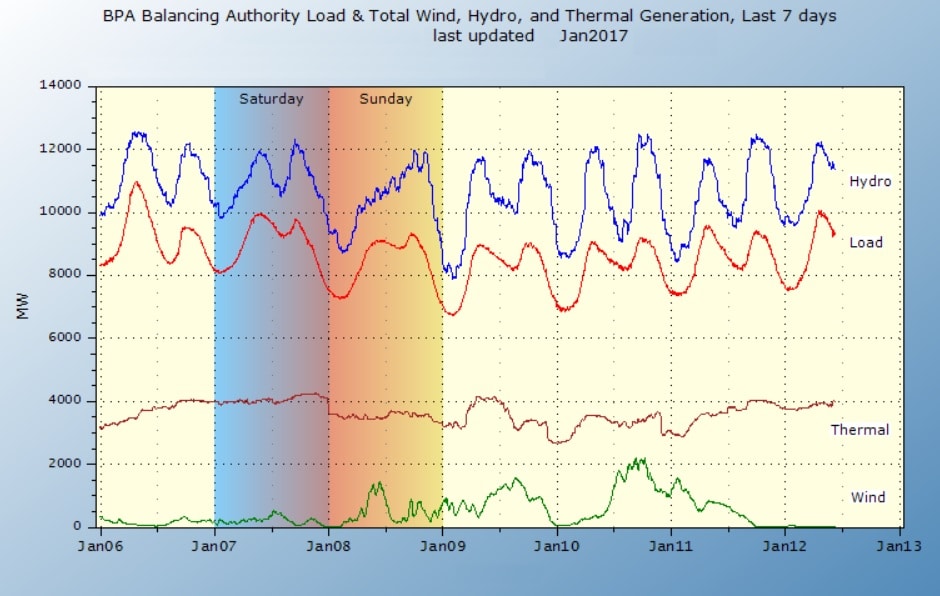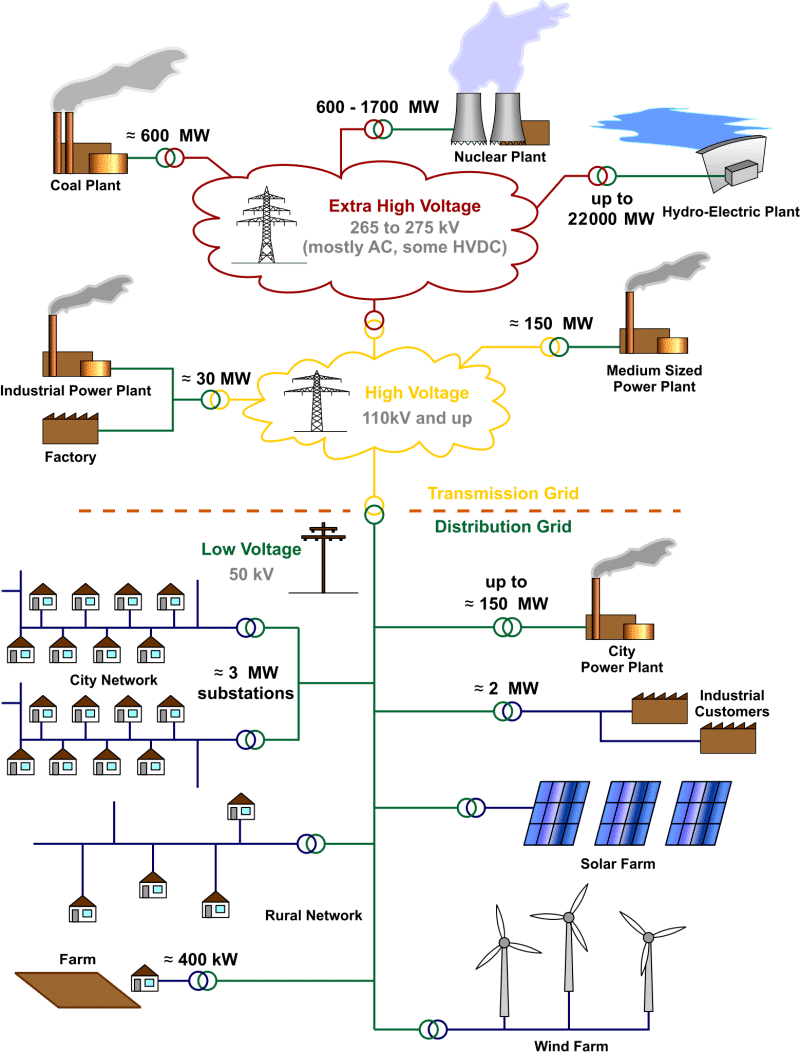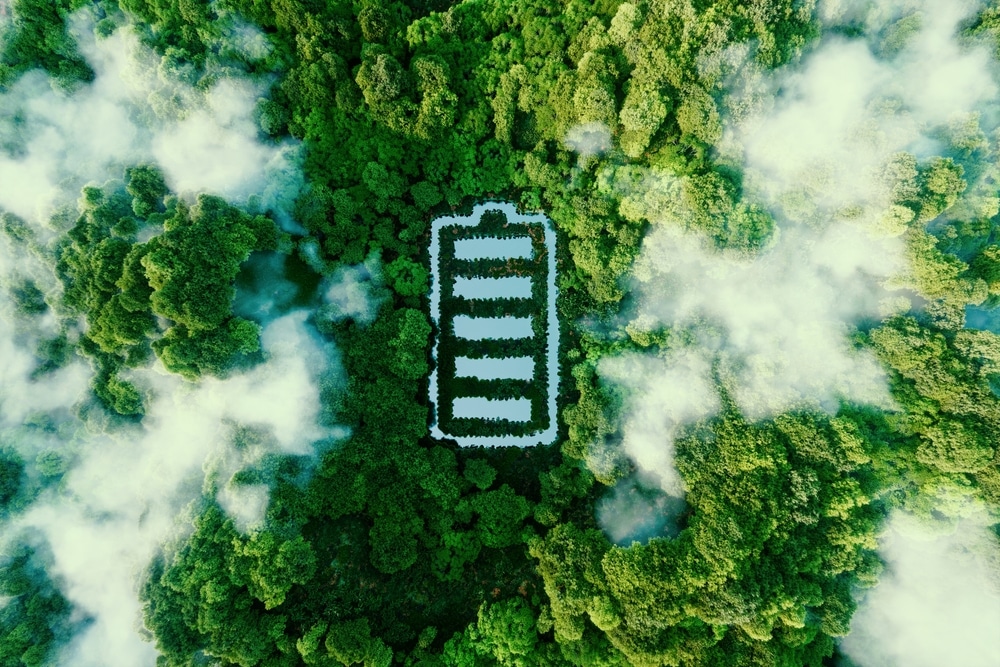Why is energy storage important for renewables to develop?
Energy storage is important for renewables to relieve the power grid and provide new grid connections for new renewable sources. What is more, to develop RES Megawatts in system energy storage is important to adjust the energy supply profile to the demand. The increase in wind and solar farms results in price fluctuation, the energy price increases dramatically when there is not enough energy in the system, on the other hand, the price decreases when the wind and PV energy supply is high. RES development depends on investors, and the acceptable RES payback period lengthens, by implementing energy storage the energy prices stabilize and decrease the investment risks.

Why is energy storage needed in most stand-alone PV systems?
Most stand-alone PV systems need energy storage because PV output is not at the same time as the energy demand. PV system maxium production is during a day, but the energy demand increases in the morning and in the evening.
Energy production from a single RES such as PV is called a profile, an aggregated production/consumption of a single source. PV profile price tends to decrease, as there are more and more PV farms, which means that at the time of production the price tends to depreciate, due to increase of supply.
From an investor’s point of view, the aim is to generate profit. The energy storage system helps to change the output profile and to supply energy when the price appreciates. What is more an investor by implementing BESS solution, can get new extra income sources such as:
- frequency flexibility market
- voltage stabilization market
- VPP access
From the grid perspective, energy storage implementation stabilizes the system:
- BESS Charging lowers voltage and frequency during high supply and low demand phase
- BESS Discharging increases the voltage and frequency during low supply and high demand phase
For which renewables energy storage is the most important?
In comparison to load-following power plants, renewables output varies and is not correlated with the energy demand. Energy sources that are able to controll and to adjust to the energy demand are called dispatchable energy sources. Solar and wind energy supply varies and are non-dispatchable energy soures. Energy storage is the most important for non-dispatchable generation in order to create semi-dispatchable (semi-controllable PV+BESS/WIND+BESS).
Let`s keep it simple: It is easier to decrease renewables generation than to increase the generation. Some RES such as wind and solar are generated due to natural phenomena (wind/sunlight) you can not provide more sunlight when more energy is needed, but you can limit the production output. In order to response to demand increase you can install BESS that will supply energy during peak-demand. Energy storage for renawables you can compare with Base Load power plant with peaking power plant. Conventional base load power plants depend on fossil fuels and are predictable, the output of peaking power plant is also predictable. PV/Wind power plant is not predictable, but it can work with predictable energy storage output.

Source: Daily peak load.
Why is energy storage important for renewables and future grids?
Energy storage is important for renewables and future grids, because it stabilizes voltage and frequency in the power grid. Energy storage reduces the cost of modernizing the power grid, due to lower energy volume in transmission lines. Local micro grids take over transmission responsibilities.
Renewables development has great influence on electrical grid, to limit negative impact of renewables on grid, the energy storage is implemented. Electrical grid is responsible for energy transmission and distribution. Energy is transmitted from power plants to consumers. At the begging stage the electrical grid was designed to transmit energy one-way from the energy source to consumers. New RES changed it, now we have distributed generation, we transfer energy to the grid from several sources. Energy storage is the main part of a decentralized microgrid, with energy storage local microgrid can fullfill clients needs by balancing the system. Microgrid can operate on-grid and in island mode.
I see many challanges of future grid and energy storage:
- Financial challenge – to build enough energy storage capacity (MWh) in a decentralized system
- System controlling challenge – many energy sources have to be integrated into one local controllable system, or a Virtual Power Plant
- Legal requirements – Law limitations (centralization-oriented law) and commodity exchange obligations.
- Responsibility challenge – distributed generation character dilutes responsibility, transmission lines maintenance, substations maintenance, and system balancing (frequency), which can generates additional costs that no one wants to pay for.
- Low energy storage capacity – slow energy storage implementations increases costs of expanding the power grid and system balancing costs.
Past grid model:


Why is energy storage important for energy transition?
The energy transition is inseparable from energy storage, to replace fossil fuels with renewables we have to adjust the generation profile to the energy demand profile. Energy storage can balance the system to some point and stabilize voltage and frequency.Can you start using the washing machine and dishwasher when the solar installations produce the most energy, i.e. during the day?It can be hard even on such a small scale, now imagine adjusting the demand of entire cities to RES generation. It is really hard, solution to this problem is an integrated micro-grid system with an automated management center called Virtual Power Plant (VPP). Renewable energy sources integrated with energy storage can limit fossil fuels usage.

